.
Here follows the process of manufacturing what turned out to be more of a nightmarish token than a nightmare obelisk.
Below is the sand mixture used to make the mold, about 90% strained play sand, and 10% crushed bentonite clay.
.
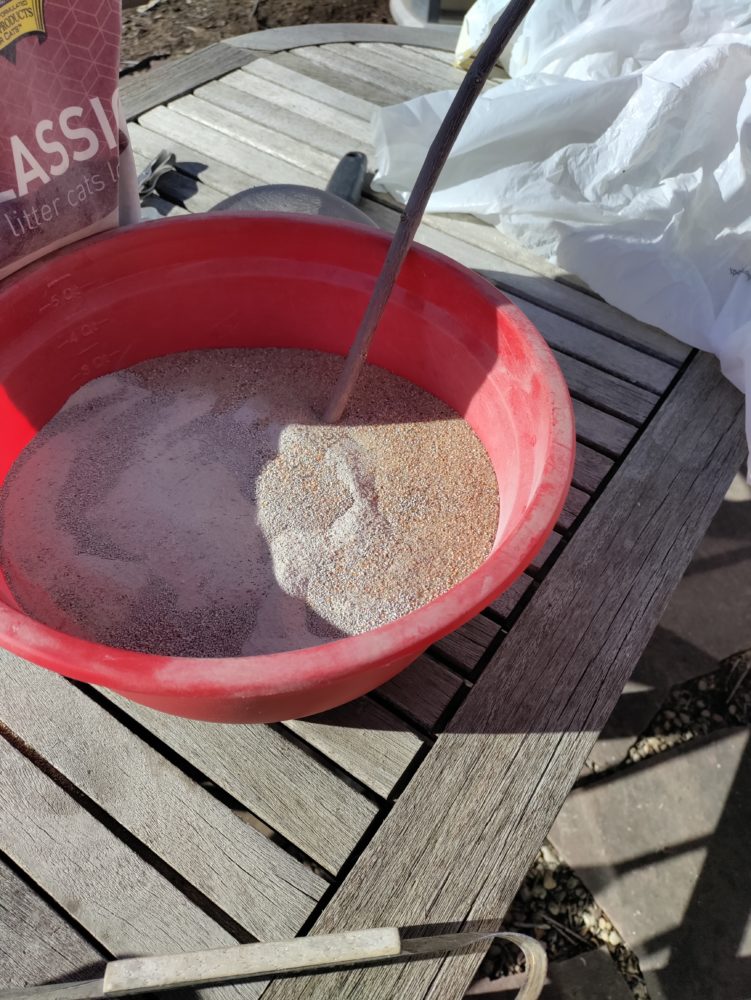
.
Once mixed, moistened, and compacted the casting sand mixture held together surprisingly well. The image shown below was taken after the casting was removed, however, and has some damage from the molten aluminum. I also, after compressing the sand-clay mixture, carved some details into the sand directly, which both added some small features and allowed others to be deformed.
.
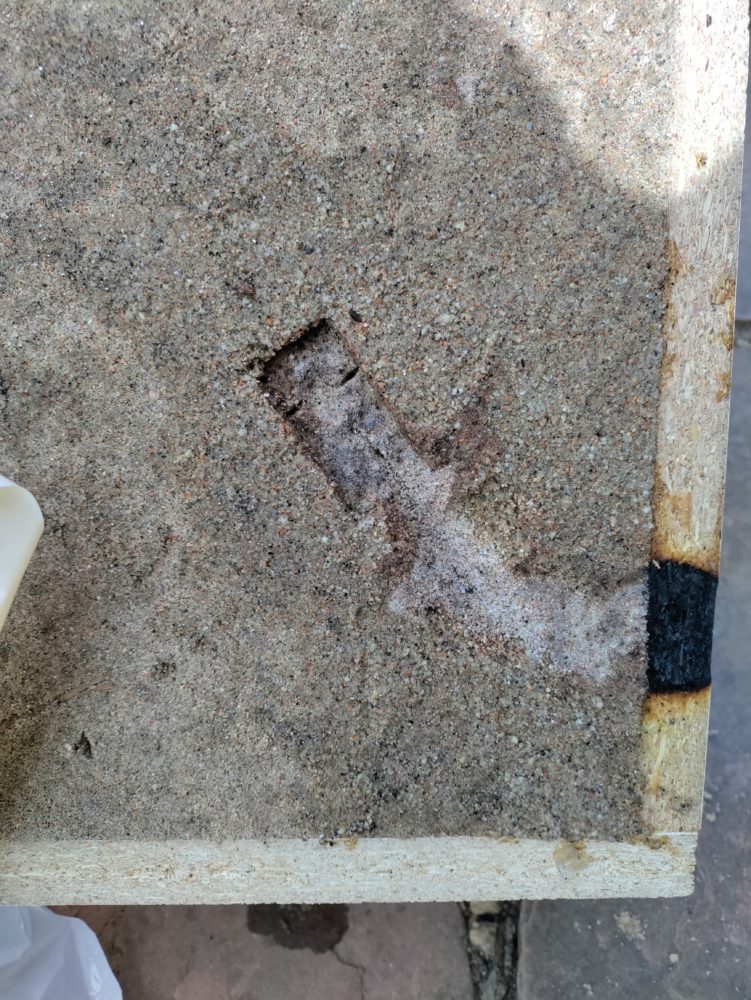
.
Next was to make the core of the mold, which I 3d printed from a simple model I sketched in Solidworks. I kept it simple due to the limitations of sand casting (especially with the less-than-ideal coarseness of the sand), and underestimated the volume of the crucible I was to use, making it a good deal smaller than necessary.
.
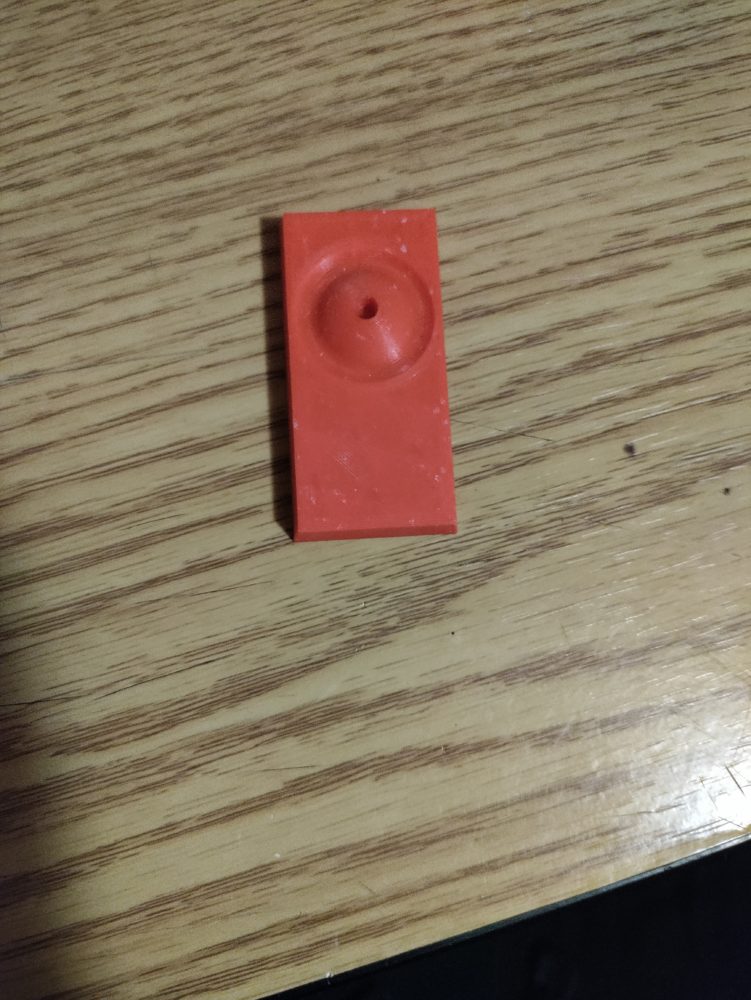
.
Finally was the casting itself, using the improvised foundry shown below to melt the aluminum and pour it into the mold. This took a surprisingly large amount of charcoal to get to temperature, even with forced air accelerating the combustion.
.
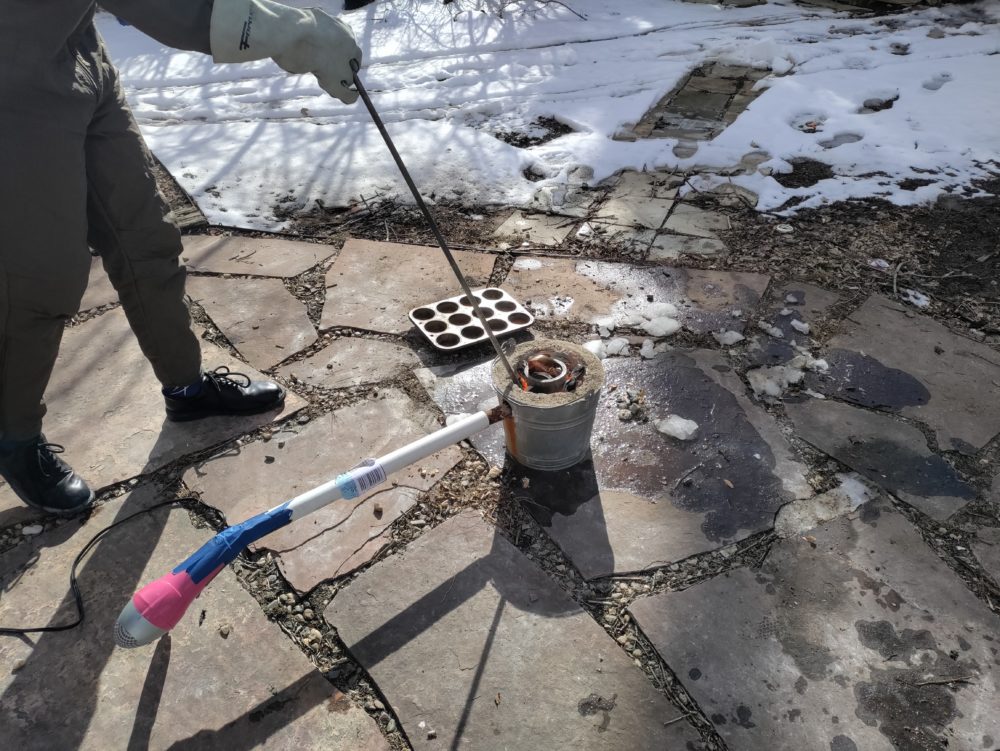
.
The result was a good deal more frightening than the printed blank used to make the mold, the varied imperfections appearing as corruptions of the original simple shapes. I anticipated some of these effects, and am disappointed by none of them.
If I were to improve this, I would certainly increase the size and detail of the mold forming blank piece, and perhaps take greater care in selecting casting supplies, which would open opportunities for editing the mold directly with decent resolution.
.
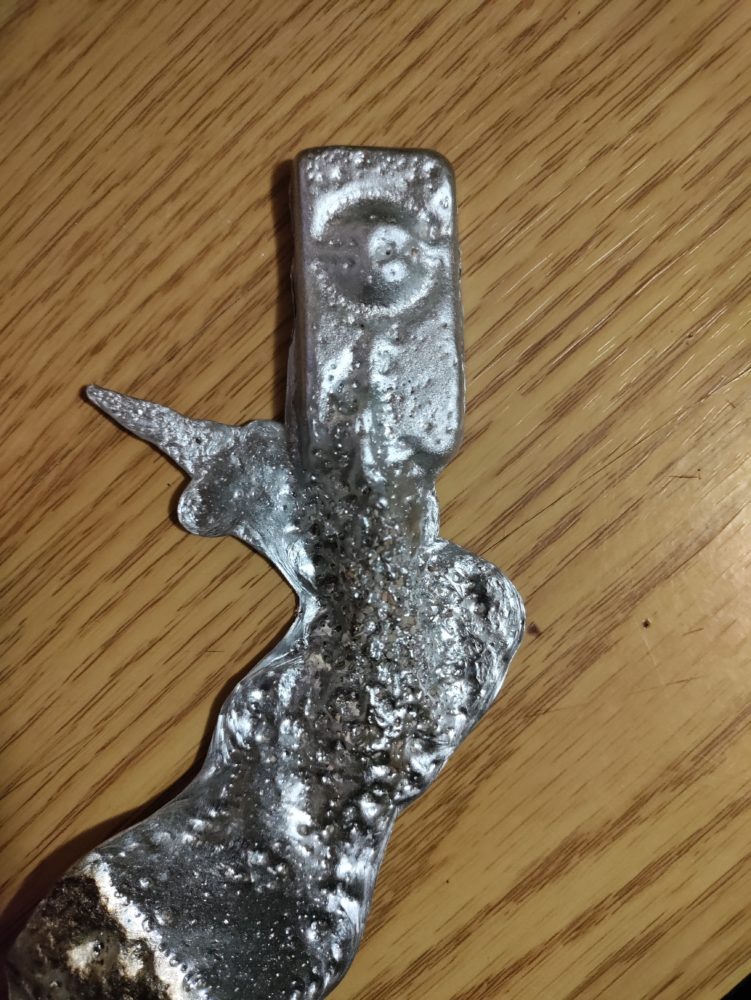

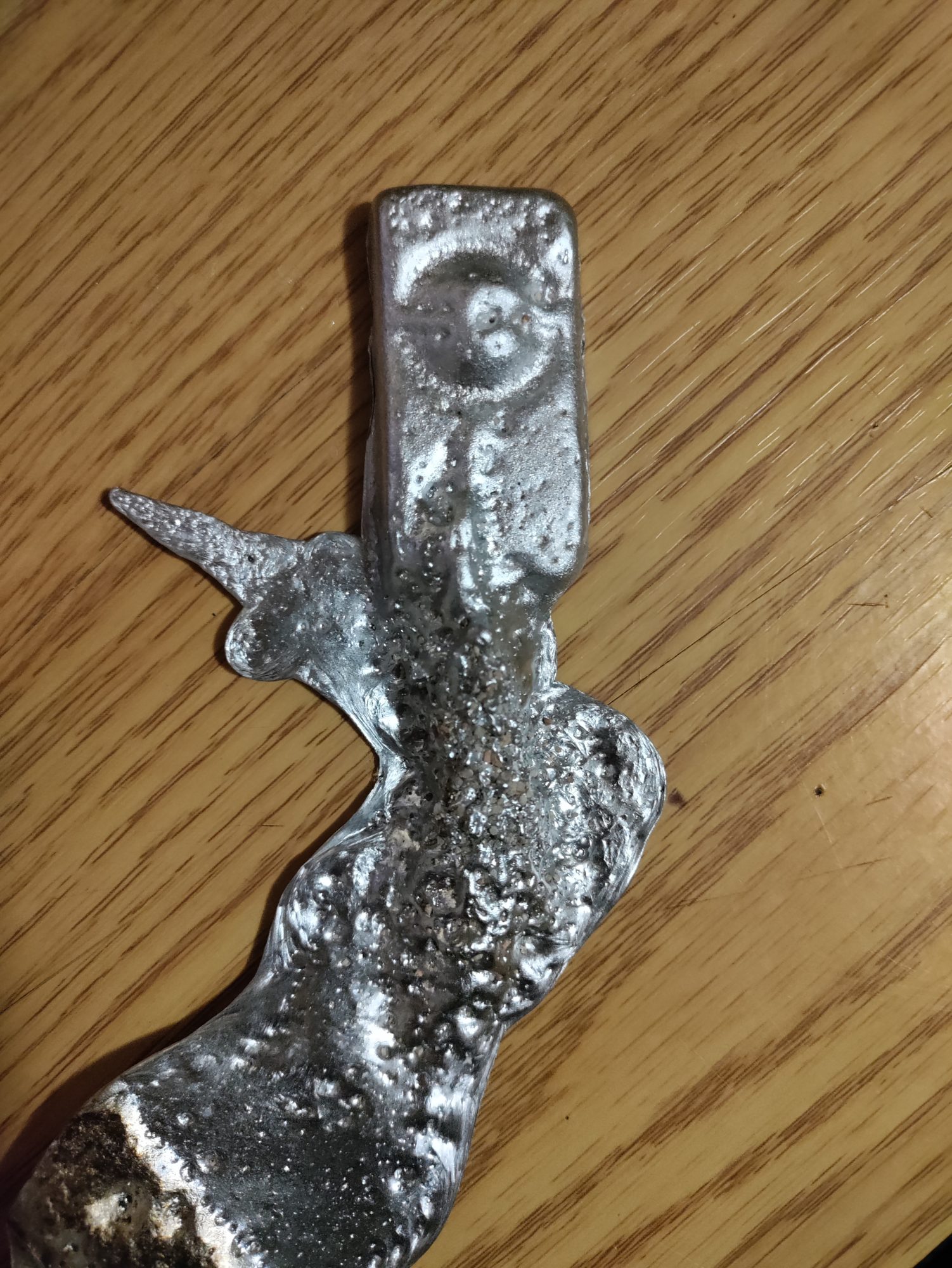
2 Comments. Leave new
I love that you went out and tried to cast aluminum yourself from scratch. That’s a pretty impressive undertaking. I also really liked the humor you had about it not going the way you wanted it to as casting is pretty hard. I was wondering where the aluminium was sourced from? And was there inspiration for the mould form?
Wow! This was quite a lot to take on and seriously impressive. I just made an aluminum casting in my manufacturing class, and can’t imagine trying to take that on myself, outside of class. I think we used some type of kinetic sand that seemed to hold together pretty well. I think you really took up cycling to heart on this one. I think it’s really cool that you took a can and changed it into something completely different with no obvious ties to the original thing. Are you planning on keeping this piece?